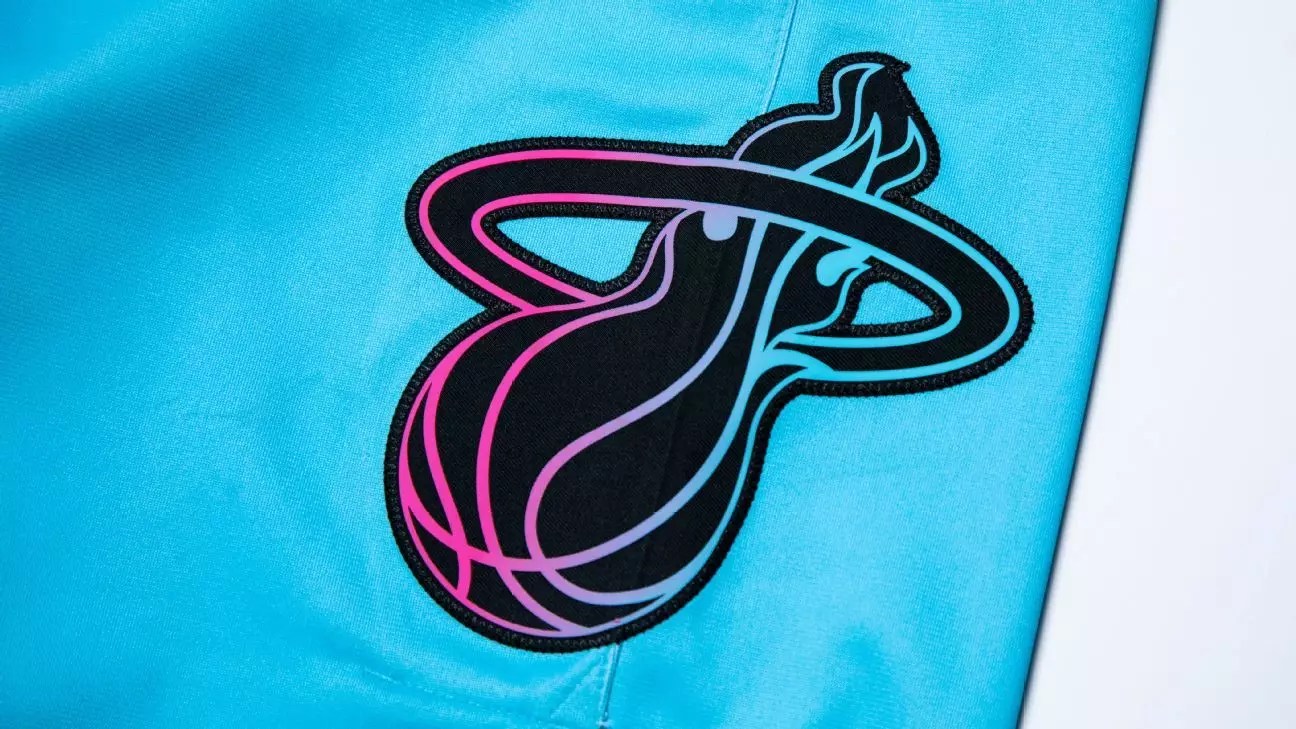In an era where sports are celebrated for their transparency and passion, the disillusionment stemming from insider betrayal reveals a grave chasm in organizational integrity. The case of Marcos Thomas Perez exemplifies how reliance on human oversight can be a fragile safeguard, especially when trust is manipulated from within. A seasoned security officer with a lengthy career both in police work and NBA security, Perez exploited access to highly valuable team memorabilia, betraying the organization that entrusted him. His actions underscore a profound weakness: even in environments supposedly fortified against theft, vulnerabilities persist due to complacency and inadequate oversight.
Organizations often assume that security personnel are immune to corruption. Yet, Perez’s 400 stolen jerseys, including a LeBron James game-worn item, illustrate how insider threats can be far more damaging than external hackers or petty thieves. This breach was not just theft; it was a betrayal of the very foundation of trust that underpins professional sports. Such incidents highlight an urgent need for organizations to reevaluate their security protocols—moving beyond reliance on human integrity and embracing technological solutions like surveillance automation, access controls, and real-time inventory tracking.
The Economic and Cultural Fallout of Valuables in the Wrong Hands
The staggering $2 million in sales over three years exposes a lucrative underworld that exists parallel to the glamorous world of sports. Selling rare memorabilia at bargain prices to online brokers devalues the essence of sports history, turning it into a commodity for illicit profits. The fact that this career thief managed to ship stolen items across state lines underscores a significant loophole in law enforcement oversight and internal security.
This trade of stolen sports artifacts is more than theft—it’s a cultural affront. When memorabilia, which carries the sentimental and historic weight of athletic achievement, is stolen, the entire community is robbed of its collective memory. The sale of a jersey worn by LeBron James, later fetching millions at Sotheby’s, exemplifies how stolen goods can generate immense financial gains at the expense of sports history. It’s a stark reminder that the commercialization of memorabilia has created fertile ground for black-market dealings, which threaten to erode the integrity of sports culture itself.
Lessons in Vigilance and Organizational Accountability
The Perez case is a lesson in the critical importance of strict oversight and proactive security measures within sports organizations. Relying solely on the presumed integrity of staff members is a dangerous gamble. Teams must invest in comprehensive security infrastructures—surveillance cameras, security audits, and strict inventory controls—to prevent insiders from turning into saboteurs.
More broadly, this incident calls for a cultural shift: organizations should foster transparent environments where whistleblowing is encouraged and rewarded. Leadership must recognize that security is not just a matter of physical barriers but also involves cultivating a culture of accountability. Ultimately, defending the integrity of sports memorabilia means safeguarding the collective heritage of athletic achievement from the greed and exploitation of a few bad actors.
As it stands, the Perez case is a cautionary tale—a vivid reminder that vulnerabilities within trusted environments can be exploited, causing irreparable damage not only to organizations but to the cultural fabric of sports communities around the world.


Leave a Reply